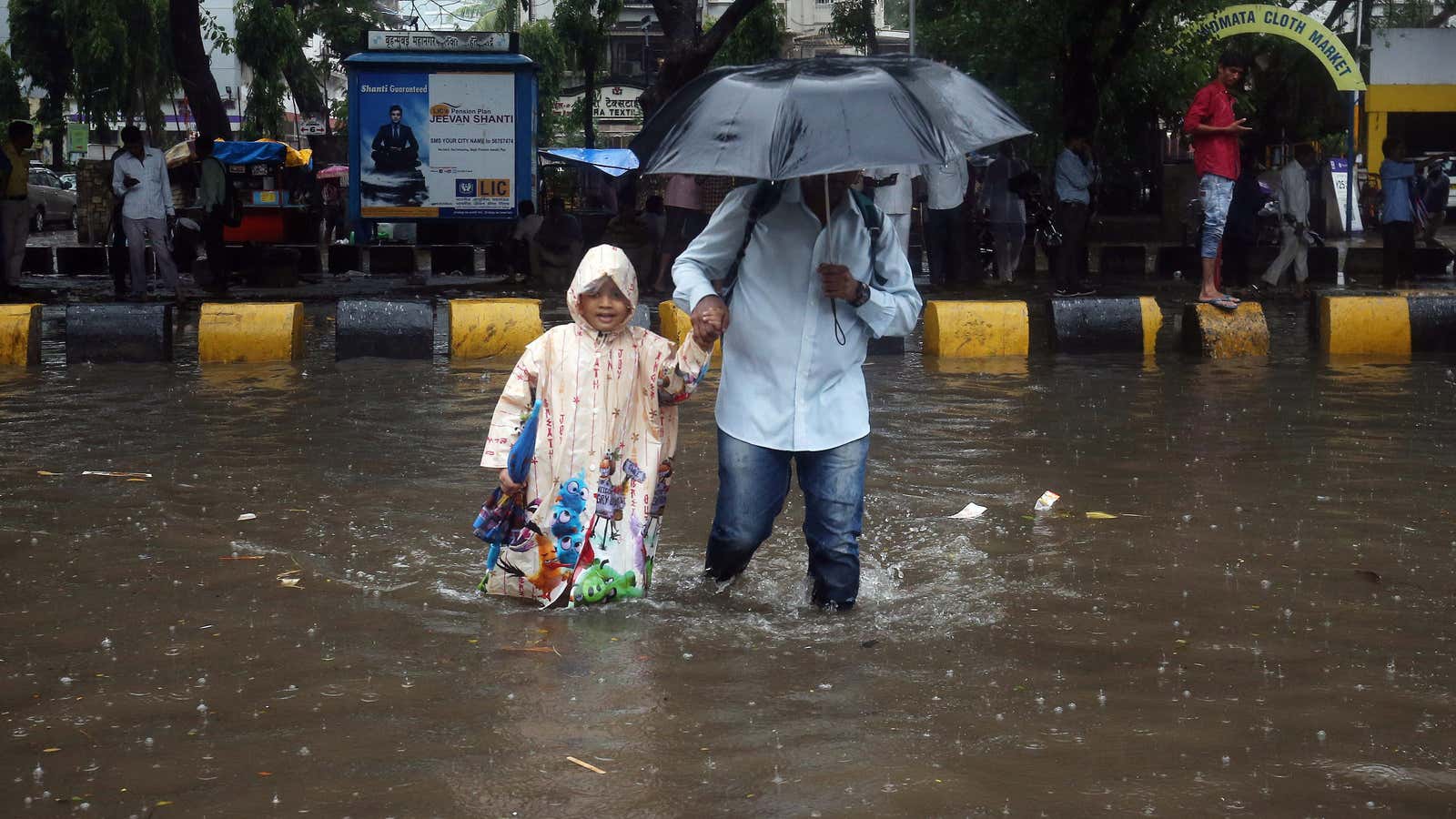In Mumbai, the monsoon is both highly anticipated and dreaded.
Despite arriving 10 days late this year, incessant downpour has already inundated much of the commercial hub. In low-lying waterlogged areas, the storm water has entered homes and restaurants as the city has witnessed over 550 millimetres of rain, the highest in a decade over a two-day period since Sunday.
Over 22 people have already died in rain-related accidents across the city. Early today (July 02) morning, a compound wall crashed in west Mumbai’s Malad suburb, killing over a dozen people. A handful were injured and others may still be trapped in the debris.
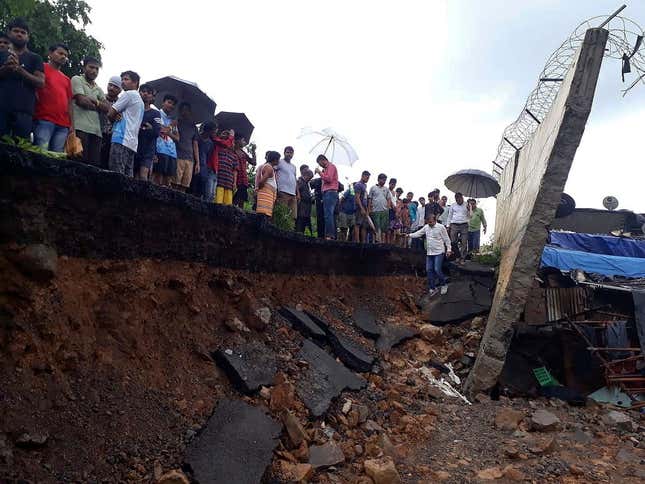
Three people were injured in a wall collapse in Dadar, too.
With heavy rains and flooding expected to continue until July 05, as per both the India Meteorological Department and private forecaster Skymet, the Maharashtra state government has declared a public holiday today. Meanwhile, the Navy has deployed teams to help those who are stranded.
Thanks to the poor civic planning and inefficient drainage systems, several transport networks across the financial capital have been rendered useless again this year. Railway tracks have been submerged and sent train schedules haywire. Scores of public buses have been rerouted.
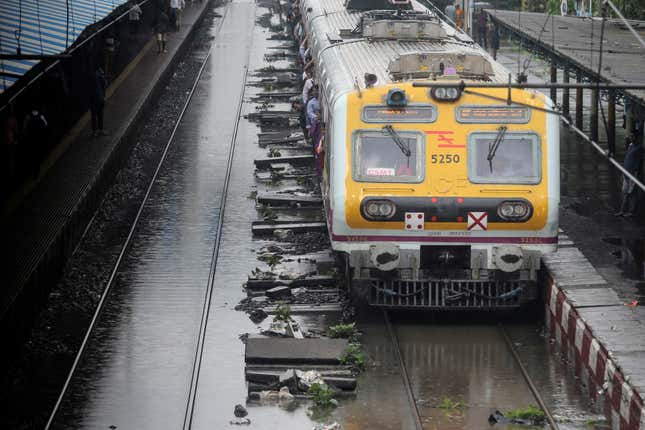
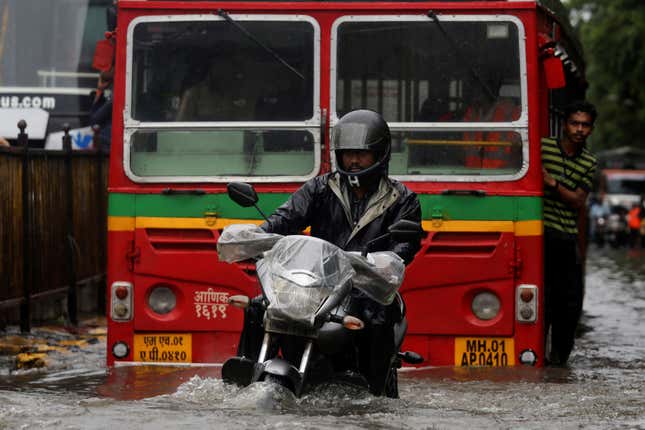
A Jaipur-Mumbai SpiceJet flight overshot the runway at 11.45pm on last night (July 01), leading to the shutdown of the main runway. Around 54 flights have been diverted since.
Rains ravaging the country is nothing new. Last year, the once-in-a-century flooding in Kerala killed 400, displaced over a million and wiped off almost a percentage point off the state’s GDP. Mumbai itself saw catastrophic flooding in 2005, which killed upwards of 500 people.
Scenes from Mumbai look devastating this time around as well:
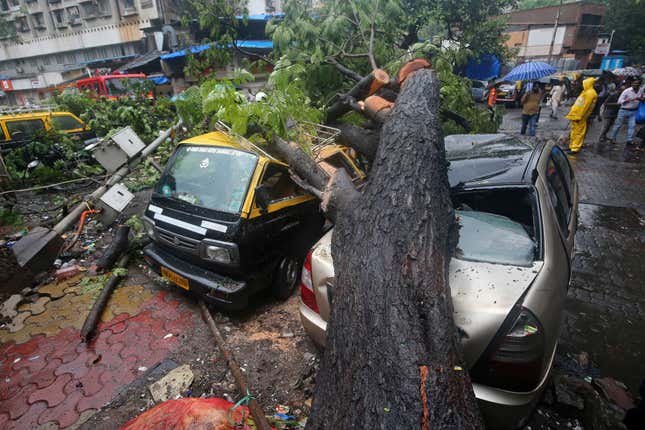
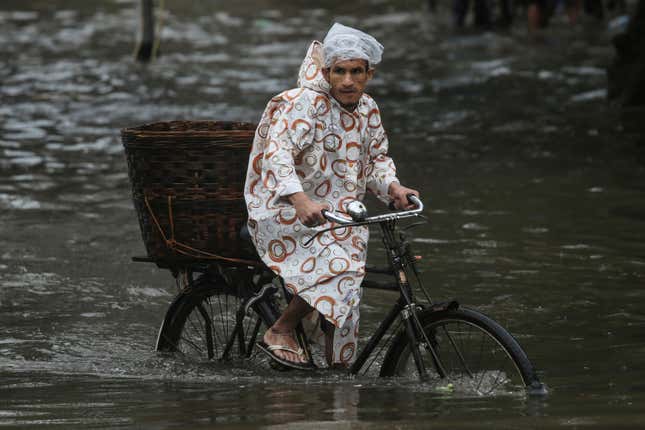
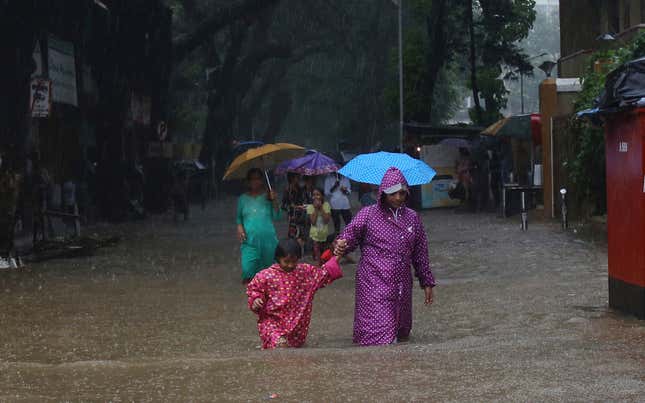
Outside of the capital of Maharashtra, the rest of the state, too, is facing the wrath of nature. Around 60 kilometres northwest of Mumbai, in the Kalyan area, three persons, including a three-year-old boy, were killed after the wall of a school crashed on two houses. In Pune, 150 kilometres east of Mumbai, 15 people were killed in a similar incident. Two were killed in rain-related incidents in Nashik. In Solapur, three people died after being struck by lightning.
